How to Grow Citrus Flavors in Your Garden
Citrus Flavors From 8 Easy to Grow Herbs
Fresh, bright and invigorating, the scent and flavor of citrus is most enjoyable for many gardeners, especially where citrus trees are not a possibility. Several different herbs and flowers have a pleasing citrusy scent or flavor – either lemon, lime or orange – either as the main fragrance or as a delicate note that brightens the scent.
Popular for teas, sachets, aromatherapy, and recipes, they bring a bright, cheerful flavor to dishes like pasta, fish, and chicken.
If you are looking to add a lovely citrusy aroma to your garden, here are eight herbs to consider!
Lemon Balm
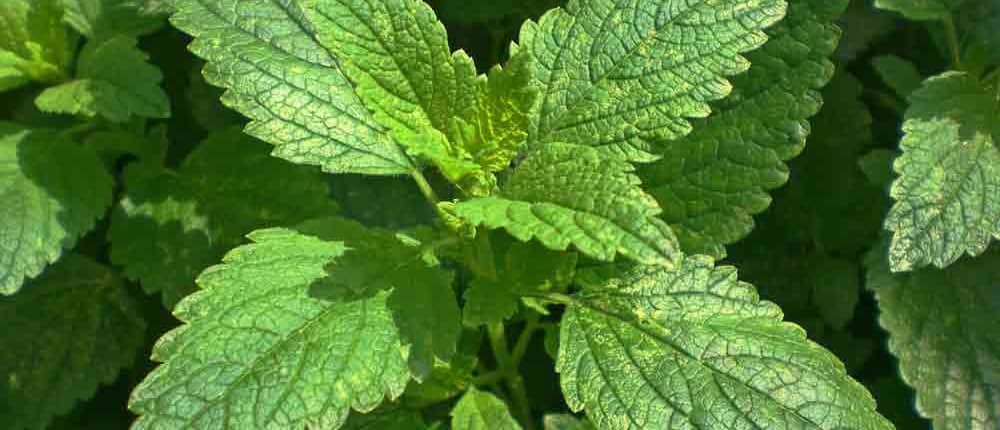
A proud member of the mint family, lemon balm (Melissa officinalis) is native to Europe and the Mediterranean and, if allowed, will spread into unwanted areas of your garden. It’s easy enough to contain in a planter or large container, or simply give it an area that it can fill in and be happy. Hardy to USDA Zone 5, it grows to about 2′ tall with abundant crinkled leaves and tiny white or pale blue flowers that attract a surprising amount of pollinators, given how petite the flowers are.
Rubbing the leaves brings out the lemon scent, and walking by the plant on a warm day repels biting insects. The scent is crisp, clean, and forward – you immediately get the heady fresh lemon-rind aroma that is very refreshing. Grow in part shade with moist soil or sunnier spots in cooler areas.
Harvest the leaves like basil with several cuttings during the season, and dry them to preserve that summer flavor into the winter, or chop the leaves and freeze in ice cubes for a lemony punch in iced teas or other drinks.
Lime Balm
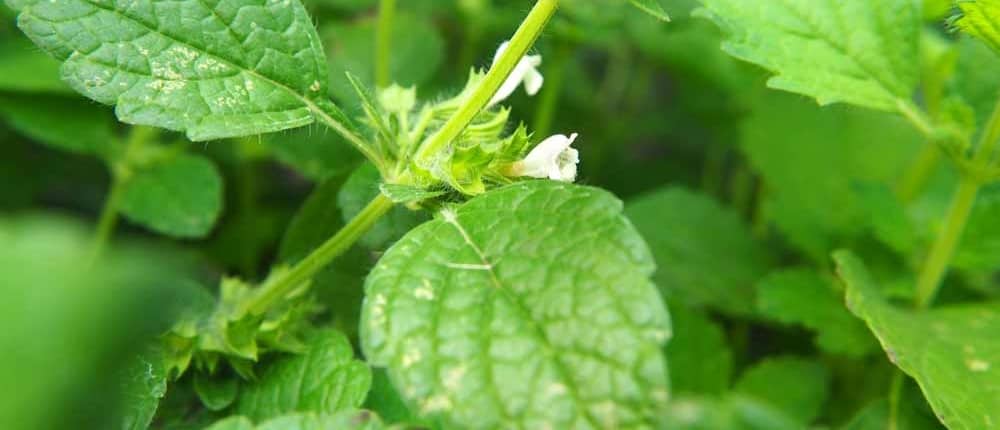
As you might expect, lime balm (Melissa officinalis ‘Lime’) is closely related to lemon balm, except with a flavor tilted towards the lime spectrum. Some gardeners experience it as a lemon-lime, while others comment on it being exceptionally limey, so soil and climate can make a difference in the scent and flavor.
Grow as you would lemon balm to raise the spirit and lift the heart!
Lemon Bee Balm
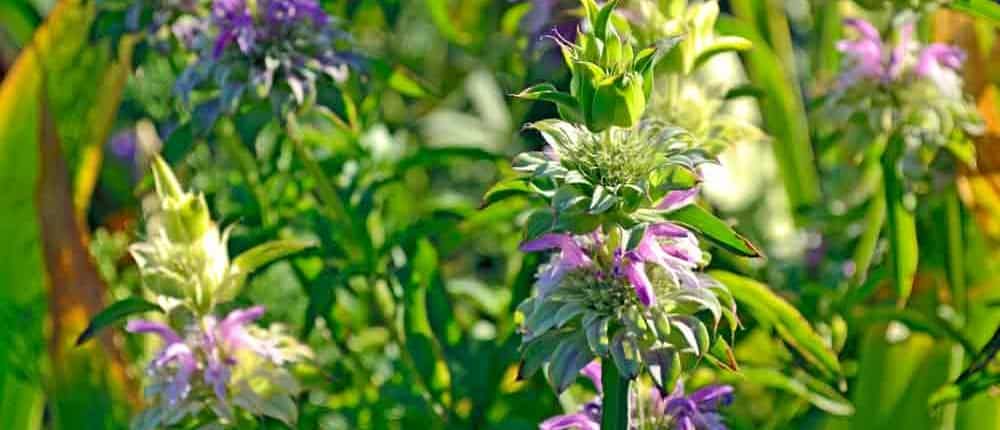
Completely different than the above two balms, lemon bee balm (Monarda citriodora) is both the perfect name and description of this highly fragrant plant. Being downwind of a thick stand will make you think you’ve come across a hidden lemon grove, then multitudes of hummingbirds and butterflies draw your eye to hundreds of minuscule compound flowers, stacked one on top of the other, marching up the stem. As you draw closer, the bees appear, covering the flowers in an intricate dance from flower to flower.
Both the leaves and flowers are used; making refreshing, calming lemon-scented teas and potpourri. The stalks make excellent additions to flower arrangements, both fresh and dried.
This annual native is fairly cold hardy, rarely killed by winter cold, surviving by underground rhizomes. They can spread in moderate climates, so use planters or pots to keep them contained, or give them an area of their own.
Lemongrass
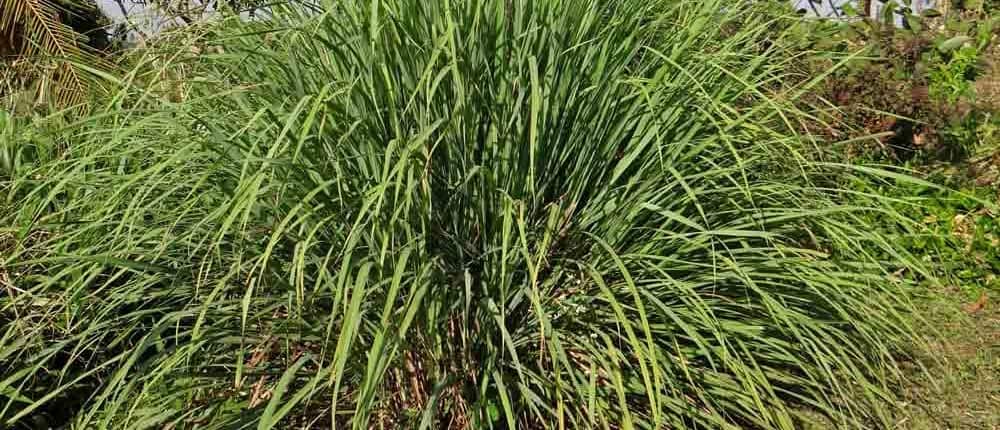
A favorite in Asian cooking, lemongrass (Cymbopogon citratus) looks similar to bunchgrass but with a pleasantly strong lemon scent and flavor. It has the same volatile oils as lemon rind, with the same fresh, clean, citrus flavor and scent. Easy to grow in pots and containers for cooler climates, lemongrass loves the heat thanks to its tropical origins.
Harvest by cutting a stalk at the outside of the clump near the base, leaving the rest to continue growing. Lemongrass is best used fresh, as it loses some of its lemony pungency when dried or frozen. This is why many gardeners will grow a pot of lemongrass for fresh use, moving it outside in the spring and summer, then bringing it inside for the fall and winter.
We love to ferment fresh lemongrass with chiles and garlic to make a delicious paste for Asian cooking.
Insect repellent booster –
Plant lemongrass and lemon balm together to double their individual insect-repellent powers!
Just standing in arms reach should be enough to fend off the worst of the biting bugs – consider planting a large pot to place near your summer barbeques.
They’re effective against mosquitos, gnats, and wasps, and you can break off a couple of leaves to rub on your skin or clothing to take the protection with you.
Lemon Basil
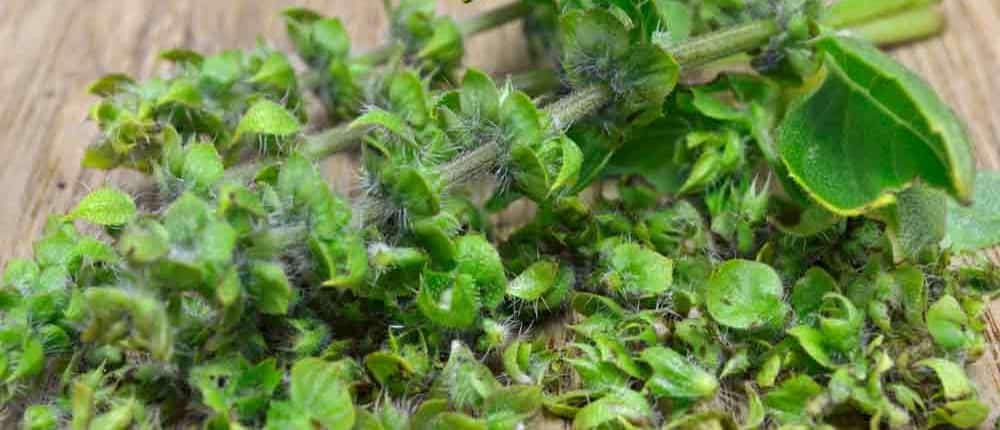
All of the flavor that makes basil such a beloved herb with a lemony punch gives lemon basil (Ocimum americanum) an exciting flavor to explore in the kitchen. Lemon and basil go well together, and this combines the best of both.
Heat-loving and repellant to biting insects, it makes a wonderfully different pesto and adds a boost of flavor to soups and stocks. As with other basil varieties, the flavor is at its peak when fresh-picked, but drying will retain some of the citrus aromas. Once it starts flowering, let some of the stalks go to seed to use as a spice and flavoring in salads, on sandwiches, and in summer iced tea.
This is another great candidate for growing in pots or containers that can be brought inside in cold weather to brighten up a winter dish.
Orange Scented Thyme
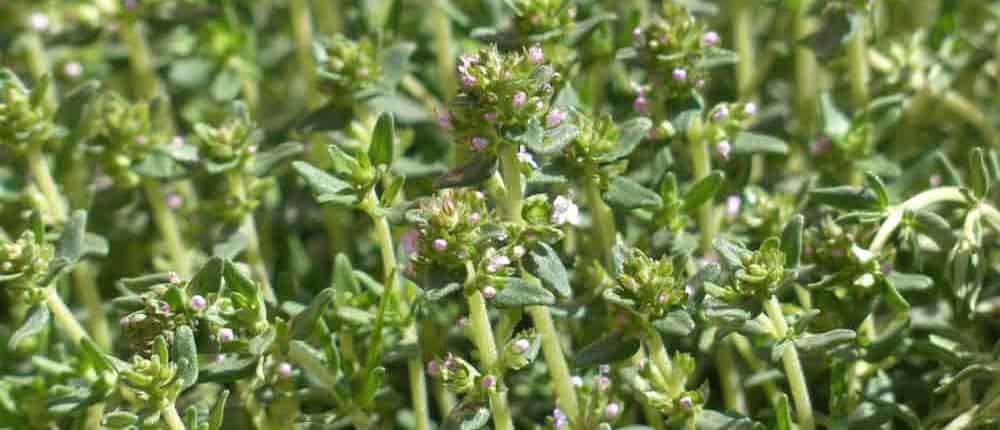
A cousin to English Thyme with all of the complex flavors that makes it a garden favorite, yet orange scented thyme (Thymus fragrantissimus) packs a refreshing orange-mint fragrance in every leaf. The orange flavor follows the familiar thyme, adding complexity and interest to summer dishes. Use it in almost any recipe calling for traditional thyme where an orange undertone would be appreciated.
Harvest the sprigs before flower set for the highest essential oil content, allowing them to air dry for storage. Use both fresh and dried leaves to make a traditional thyme tea with a twist to soothe sore throats.
Nutmeg Flower/Black Cumin
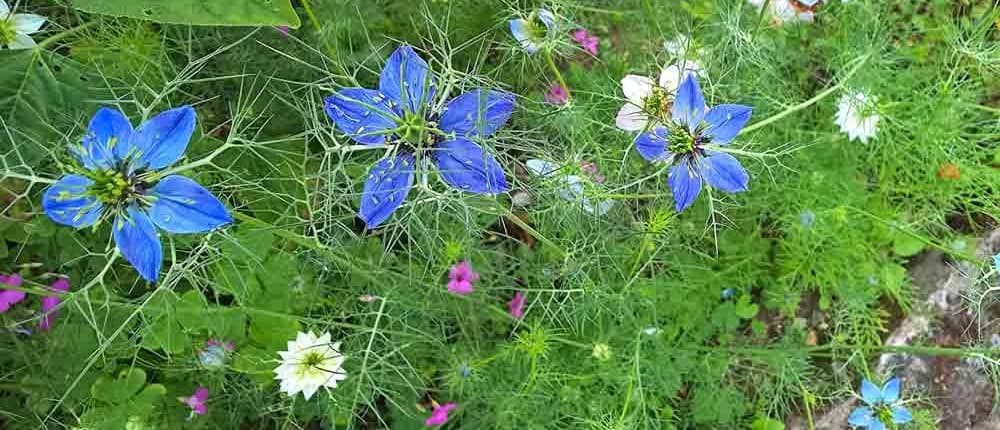
Rightfully called “The cure for everything but death”, nutmeg flower (Nigella sativa) shows off with blankets of gorgeous tiny blue-tinted flowers that produce the seeds that made them famous. The seeds are used as a spice for flavorings and medicinally for ailments. Also called Four Spice for its lemon-carrot scent followed by strawberry-pepper taste, it has flavored curries, breads, and cakes since ancient times.
Nutmeg flower prefers well-drained soil in full sun, and can often be found growing wild in rocky ground, fallow fields and scrubland. Because of its hardiness, it’s easy to grow and is often recommended for beginning gardeners, children, and low maintenance gardens.
French Sorrel
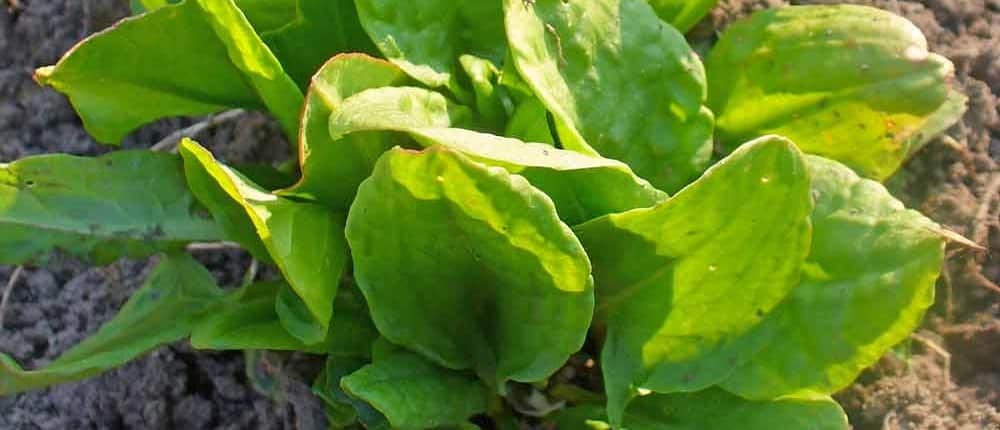
Known to many Europeans as the lemonade leaf, French sorrel (Rumex scutatus) is prized by chefs and is indispensable in French cuisine. The sour-citrus taste has been prized throughout the world for thousands of years as a wake-up call for taste buds dulled by bland winter foods.
Very hardy and early growing, sorrel was often one of the first fresh greens people ate each spring in the days before refrigeration. It is still a popular ingredient in spring tonics, and ancient Greeks and Romans used the herb to promote digestion.
Each one of these herbs is easy to grow in a container or pot, so no matter where you live the bright, refreshing flavors of citrus can be yours with little work and lots of rewards!

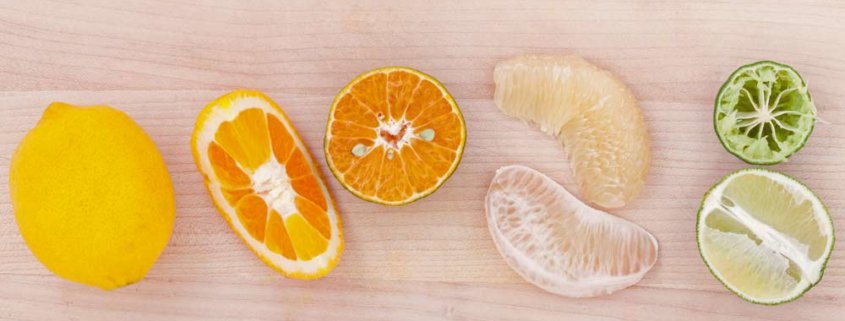

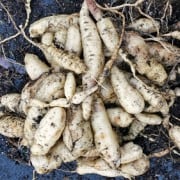
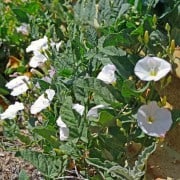
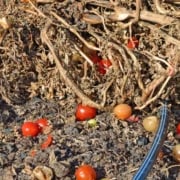 Terroir Seeds | Underwood Gardens
Terroir Seeds | Underwood Gardens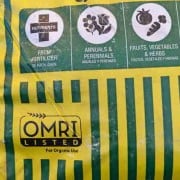


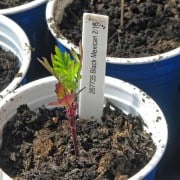
Leave a Reply
Want to join the discussion?Feel free to contribute!